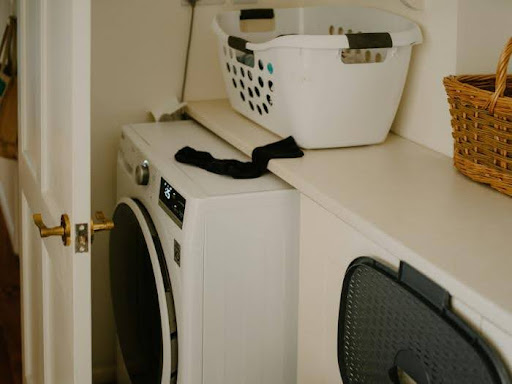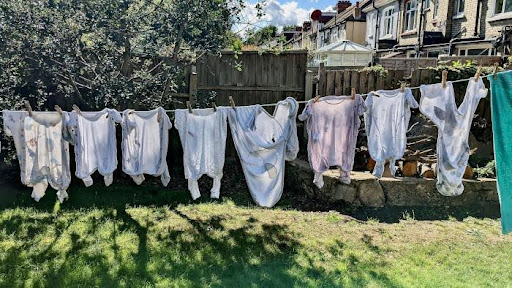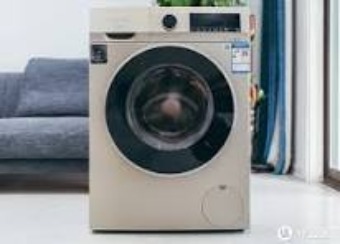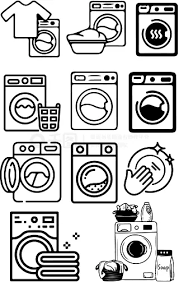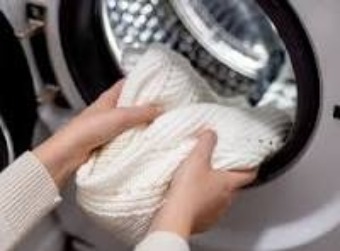Recent Comments
Categories
Category: Washing Machine Maintenance
Reasons Why Your Washing Machine Won’t Start
Is your washing machine having troubles starting up? How long has it been since you’ve owned it or have it undergone maintenance? Well, appliance problems are very common and using them on a regular basis will take its toll, especially if no maintenance work has been done for a while now. If you need help …
Removing Burn Marks from Your Cooktop
Burn marks on a cooktop can make it look dirty even after cleaning it and can be difficult to get rid of using only soap and water. The good news is that such severe marks can still be removed using some elbow grease and a more intense cleaning method. Understanding stovetop burn marks: Causes and …
How To Get Rid of The Smell in Your Fridge
The refrigerator gets a lot of attention in a household because of the tasty foods stored inside. However, there are times when it doesn’t always get the kind of attention it needs. With all sorts of food being stored inside, there’s no doubt that a certain odor will emit, especially if it doesn’t get maintained …
Do Your Clothes Smell After Washing Them?
When you decide to have your clothes cleaned using a washing machine, you expect them to smell good after. But even after the washing and all, do you find them to still smell a bit musty? If that’s the case, then the culprit could be your washing machine. Why? Let’s find out! Reasons Why Your …
Things You Should Never Put in Your Dryer
If you’re in a rush, it’s easy to just throw everything into the dryer and call it a day. However, getting used to this habit can have some consequences to both your dryer and your clothing. It’s important that you know how to properly do the laundry to ensure that you’re not causing any damage …
Tips To Maintain Your Washing Machine
Washing machines help keep your clothes clean, and you might think that it cleans itself too? Sadly, this is not the case. The average family uses the machine for 10 laundry loads per week, and sometimes even more. Now that’s a lot of use when you think about it. With the amount of laundry we …
How to Maintain Your Washing Machine for Longevity and Efficiency
Your washing machine is one of the hardest-working appliances in your home. From tackling tough stains to keeping your clothes fresh, it’s a modern necessity. However, regular maintenance is essential to keep it running efficiently and extend its lifespan. Without proper care, you risk breakdowns, costly repairs, or even the need for a replacement. In …
How to Maintain Your Washing Machine for Longevity and EfficiencyRead More
Understanding Laundry Symbols
Laundry symbols are those small icons on care labels that guide you on how to wash, dry, and iron your garments. While they might seem confusing at first, learning to interpret these symbols is essential for keeping your clothes in great condition and avoiding costly mistakes. This guide will simplify the most common laundry symbols, …
Why Does My Washing Machine Smell?
Laundry day is here, and it’s time to tackle the mountain of dirty clothes that’s been staring you down all week. But, as you open the washer and begin to load your first pile of laundry in the machine, you’re hit with a terrible odor. All at once, the excitement of a productive laundry day …
How to Wash Sweaters the Right Way
Sweater weather is underway! Whether you are reading this before fall really hits or during the throes of winter, there is never a bad time to learn how to wash sweaters the right way. With this guide, you can keep your sweaters fresh and soft without discoloring, shrinking, and pilling. Read the Care Labels The …
